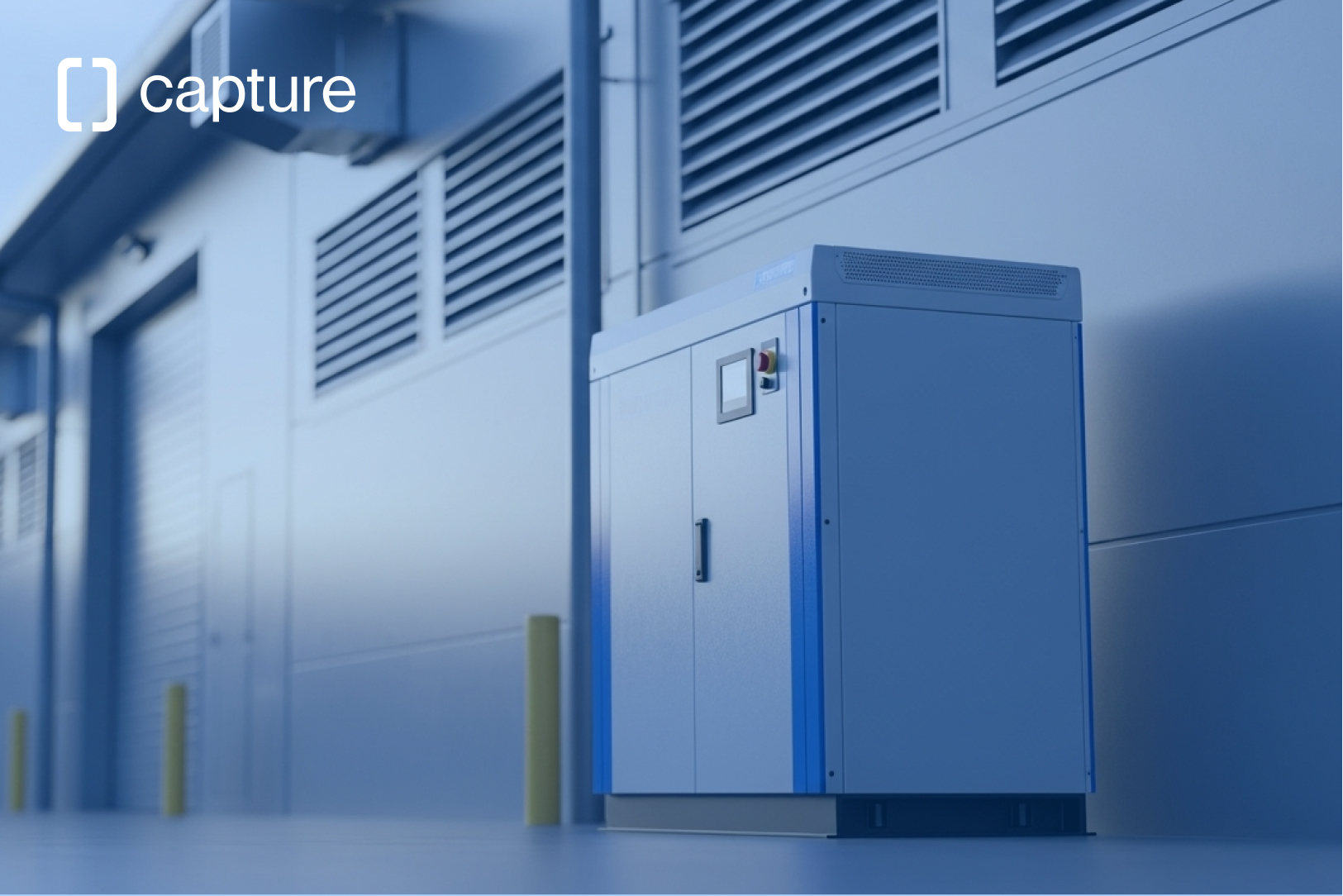EON Next Drive: A review (2025)
E.ON Next Drive has been available to customers in the UK since 2021, but there are still misconceptions around its rates, the eligibility criteria and how it compares to other tariffs. In this review, we evaluate how the E.ON Next Drive tariff works in 2025 – and how you can still benefit from it, even without an EV. While E.ON now says on it's website that the latest version (v8) requires an EV to join – it has been confirmed by E.ON that no proof is currently needed – so home battery users can still access the same great rate.

The topic in a nutshell
E.ON Next Drive offers a 6.7p/kWh off-peak rate – cheaper than any other supplier, including Octopus, British Gas and others.
You don’t need an EV to join this tariff – as long as you have a smart meter, you can switch to E.ON Next Drive v8.
By optimising your home battery on E.ON Next Drive and a compatible export tariff, you can power your home for free.
Next Drive is E.ON’s flagship time-of-use electricity tariff, designed for charging an electric vehicle (EV) at home. First launched in the UK in 2021 as a pilot offering just 4 p/kWh for four hours overnight, the tariff has evolved into today’s version, now covering a full seven-hour off-peak window. In addition, E.ON has positioned the Next tariffs as particularly sustainable from the start, without additional charges for its customers.
{{quote}}
What are the E.ON Next Drive rates?
The off-peak window on E.ON Next Drive runs every night from 00:00 to 07:00, and anything you import during those seven hours is billed at 6.7 p/kWh (inc. VAT). Outside that slot - 07:00 until 00:00 - you pay the peak unit rate, currently about 27.7 p/kWh for households in London (peak rates vary in other grid-supply-points).
Next Drive is the cheapest time-of-use tariffs currently available in the UK. Other suppliers offer EV tariffs too, such as Octopus Intelligent Go and British Gas Electric Driver with rates of 7p/kWh and 7.9p/kWh, but they all are more expensive than E.ON’s. Until recently, Tomato Energy’s Lifestyle tariff has offered a cheaper import rate of 5.6p/kWh for 5h overnight. However, Tomato Energy has stopped taking on new customers and are currently under review from Ofgem.
Who is it for?
E.ON Next Drive is advertised as an EV tariff, however, there is no strict requirement to have an EV or an EV charger to join. Anyone can access the tariff, as long as they have a smart meter and are billed via direct debit. This makes Next Drive more inclusive compared with other “EV tariffs”, such as Intelligent Octopus Go, which insists on pairing either an EV or an EV charger with the Octopus app before unlocking the discounted rate. So, if you can shift electricity imports from peak to off-peak times, for example, with an EV or a home battery, you should consider switching to Next Drive.
E.ON Next Drive for EV Drivers
Charging your EV on E.ON Next Drive is very simple: After you connect your car to any home charger, you open the E.ON app and choose either a target battery percentage or the time you need the car ready. From that point the scheduling is hands-free: the app automatically schedules a session inside the 00:00 - 07:00 off-peak window, so every kilowatt-hour is charged at the 6.7p/kWh rate.
E.ON Next Drive for owners of battery storage and solar panels
If you own a home battery, E.ON Next Drive is the most cost-effective tariff for charging it overnight at low rates. The cheap electricity can be discharged later consumption. For example, you could import at 6.7p/kWh overnight and discharge this to your consumption during the day, which would otherwise cost you 27p/kWh. At an average daily consumption of 10kWh per day, this saves you £2 per day, or £730 per year.
You can boost your savings even more by pairing it with E.ON’s export tariff: Next Export Exclusive. The tariff is only available if you import on Next Drive and offers a constant rate of 16.5p/kWh. While E.ON’s Next Export Premium v2 is officially the best export tariff with rates of 21p/kWh, it’s only accessible for customers who have also had their system installed by E.ON or specific partners.
How to make the most of E.ON Next Drive with [Capture AI]
Once you start running your battery on E.ON Next Drive or a similar tariff, you will quickly face two main challenges:
- Charging the right amount from the grid to maximise consumption from electricity purchased at off-peak rates, while leaving enough capacity in the battery for solar generation during the day.
- Exporting any excess electricity at the best possible rate, while making sure that the battery can feed consumption with cheap electricity at any point in time.
[Capture AI] handles this and more on autopilot. A battery can save an additional 50-150% on your electricity costs by integrating your battery with [Capture AI] compared to using the default battery settings. We do this by:
- Consulting you on tariffs so that you find the best import/export tariff for your system and needs.
- Smart charging/discharging your battery based on forecasts for the next day’s solar generation and household consumption.
- Earning grid rewards, through participating in various electricity markets that pay batteries to help stabilise the grid.
Get started with [Capture AI] today by filling out the form below:
“We’ve provided 100% renewable electricity as standard and at no extra cost for almost two years. Now, through E.ON Next, we’re giving people simple ways to make their heating, hot water and driving more sustainable.”
.png)






